It’s a mostly unheralded problem: the current dearth of dental hygienists nationwide. And it’s only going to get worse in the years ahead. Blame low pay, the pandemic, poor working conditions, lousy ergonomics. But what exactly can be done before things get even more dire?
By Jerry Markon
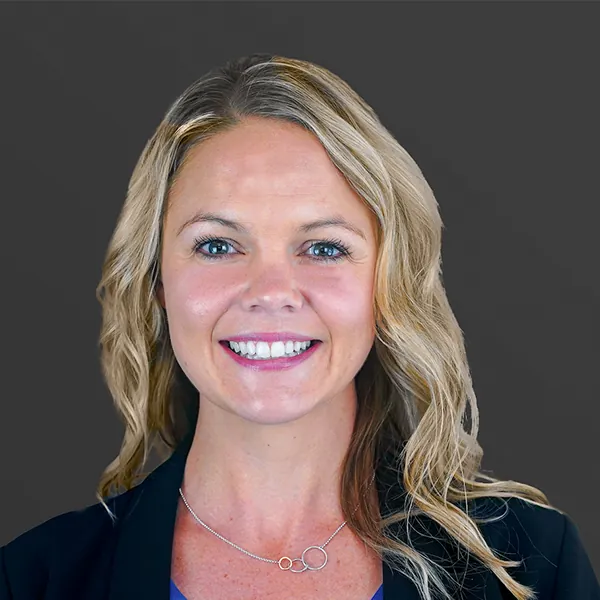 GROWING UP in Scranton, Pennsylvania, Ann Hoffman (left) looked up to an aunt who was a dentist. An idea took hold, as happens in childhood: She would become a dental hygienist when she grew up.
GROWING UP in Scranton, Pennsylvania, Ann Hoffman (left) looked up to an aunt who was a dentist. An idea took hold, as happens in childhood: She would become a dental hygienist when she grew up.
“Not many of my friends knew what that was,” Hoffman recalls. “They were like, ‘Why would you want to clean teeth?’ ”
Hoffman made her childhood ambition a reality, going on to work as a hygienist in Pennsylvania and Maryland, enjoying the relationships she built over the years with the patients under her care. Ergonomics—stop us if you’ve ever heard this one before—proved not to be her friend, however; hygiene’s awkward, repetitive daily motions caused her neck and wrist pain. “There’s a big toll on the body,” she says.
Then the pandemic hit—and school closures made it too disruptive for her to keep doing the job she loved despite the pain. “It became easier to stay home with my family,” says Hoffman, 39, who is now developing a hygienist program as director of dental programs at Central Penn College in Summerdale, Pennsylvania.
As Hoffman was leaving clinical work, meanwhile, Kathleen Senior was trying to get into it. And trying. And trying.
The dental assistant and administrator aspires to be a hygienist, but the path has been difficult to traverse. While working full-time, she spent three years taking prerequisite courses that varied by school, all to be able even to apply to hygienist programs—and then be rejected four years in a row.
“I’ve been through a lot. I feel like I could be a doctor at this point,” says Senior, 37, who was eventually accepted for this coming summer’s term at St. Petersburg College in St. Petersburg, Florida. “They make it very, very hard to get in.”
Hoffman and Senior illustrate mirror images of a growing problem: an unremarked-upon, seemingly almost unseen nationwide shortage of dental hygienists that experts say poses significant risks to oral and overall health. Fueled in part by the weird economic dislocations of the pandemic, what we’ll call the Great Dental Hygienist Shortage is causing long waits for appointments, a decline in preventive care and a drop in net income for some practices, according to dentists and industry experts.
Research over the past two years from the American Dental Association’s Health Policy Institute illustrates the scope of one of dentistry’s greatest current challenges: It shows that only 62.2 percent of American dentists report having enough hygienists on staff, while nine out of 10 say it is “extremely” or “very challenging” to recruit them.
9 out of 10 American dentists say it is “very challenging” to recruit hygienists.
“It’s a crisis becoming a catastrophe,” says Dr. Michael Verber, 48, chairman and CEO of Verber Dental Group, which has 11 locations throughout central Pennsylvania. “We have a long waiting list, and we simply cannot hire enough hygienists to see patients.”
Interviews with current and former hygienists in six states and a review of the latest dental workforce studies reveal the fundamental problem: Too many people are leaving the profession, while hygienist education programs—which some in the field say are too few and overly rigorous—are not graduating enough students into the professional ranks.
It’s a crisis becoming a catastrophe.
— Dr. Michael Verber
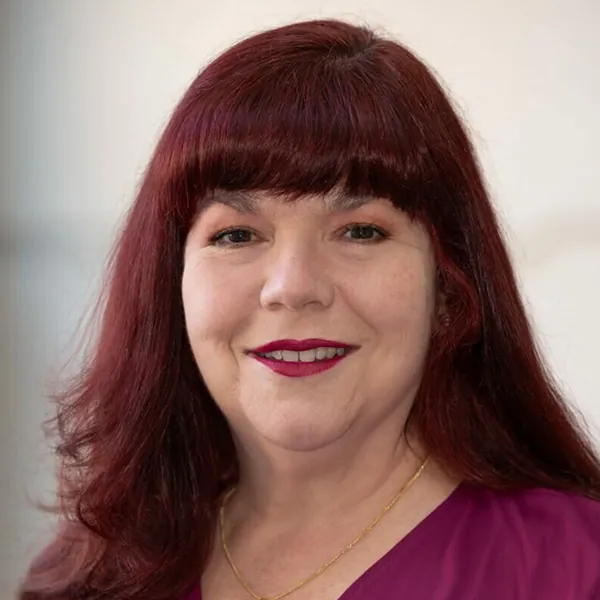 Those who have left the profession describe workplaces that often failed to fully value their physically demanding jobs and their integral role in providing oral (and, by extension, whole body) health care, leading to burnout. “Hygienists have been dissatisfied, unhappy with workplace culture and asking for health benefits since before the pandemic, and nothing has really changed,” says Becky Smith (left; see also here), president of the American Dental Hygienists’ Association (ADHA).
Those who have left the profession describe workplaces that often failed to fully value their physically demanding jobs and their integral role in providing oral (and, by extension, whole body) health care, leading to burnout. “Hygienists have been dissatisfied, unhappy with workplace culture and asking for health benefits since before the pandemic, and nothing has really changed,” says Becky Smith (left; see also here), president of the American Dental Hygienists’ Association (ADHA).
Smith, 59, worked as a hygienist for 14 years before leaving in 2005, in part because she was a single mother with no health insurance or sick time. She has been teaching at Miami Dade College in South Florida since ’05 and specializes in periodontology, dental materials and specialties, and preclinical and clinical dental hygiene.
Alarmingly, the shortage is expected to worsen. A 2022 dental workforce report issued by the ADHA, the ADA and other groups said that 31.4 percent of hygienists nationally expected to retire in five years or less. Combined with declining numbers of dental assistants, the report concluded, “workforce shortages are likely to remain an issue for years to come.”
THE FUTURE MUST HAVE seemed brighter back in 1906, when Connecticut dentist Alfred Fones, the “father of dental hygiene,” began training his assistant in hygiene procedures.
Fones set up the first formal dental hygiene program in 1915 in his carriage house; the ADHA was founded in 1923 by a group of 46 hygienists from various states. Today, of course, hygienists are highly educated professionals whose job includes far more than cleaning teeth: They review medical histories, do oral cancer screenings and educate patents about preventive care.
Yet many are leaving. Experts say the hygienist shortage is difficult to document nationally, as it varies from state to state and is especially severe in rural areas. In heavily rural West Virginia, for example, at least one of the state’s 55 counties does not have a single practicing hygienist, while several have 10 or fewer, according to data provided by Gina Sharps, executive director of the West Virginia Oral Health Coalition. Mirroring national trends, 32 percent of Mountain State hygienists who responded to a 2021 workforce survey said they planned to leave the field in the next decade.
32% of of surveyed West Virginia hygienists plan to leave the field within 10 years.
“Do we have dental deserts? Yes, we do,” says Sharps, 52, who worked as a hygienist for 13 years before transitioning to public health.
In New Mexico, hygienist Shana Mix says the shortage is so acute in rural areas that she has seen the same job posting for an unfilled position constantly for the last year. At Native American reservations throughout the state, dentists “cannot find any hygienists,” says Mix, 39, who works at a urban clinic in Albuquerque.
Local media reports have recently documented hygienist shortages—and waits of up to 14 months for routine dental appointments—in rural and urban areas across the country, from Massachusetts to Minnesota, Virginia to Nevada.
Even in Texas—which is tied with California as the state with the most dental hygiene programs, at 27—“a lot of hygienists retired during Covid,” says Beth Stewart, executive director of the Texas Oral Health Coalition. “Several of my friends went into insurance, real estate or massage therapy.”
FOR SHANA MIX, the pain she, too, accrued on the job afflicted her back and spread to her neck and head—chronic discomfort that waxed and waned but never really went away. Exercise was uncomfortable; sleeping became a challenge. “My body was hurting, because I was hunched over people’s mouths all the time,” says Mix, who left clinical work in 2020 after 15 years. A higher salary—one result of the shortage—drew her back in 2022, but now she’s looking to leave again. And she’s having trouble finding her own replacement.
The toxic mix of physical discomfort, lack of health insurance and other benefits, and little upward mobility—one survey respondent for the 2022 workforce report complained that “dental hygiene is a dead-end job”—preceded the pandemic, which revealed (and exacerbated) so many problems. A 2019 survey by industry publications DentalPost and RDH magazine found that 43 percent of U.S. hygienists were considering applying for a job in the next year—and another 33 percent had already done so in the previous 12 months.
Then came the novel coronavirus and the temporary closure of many dental clinics. Hygienists were forced home, and some didn’t return: A 2021 study published in the ADHA’s Journal of Dental Hygiene found that the pandemic led to an estimated 8 percent reduction in hygienist employment nationwide.
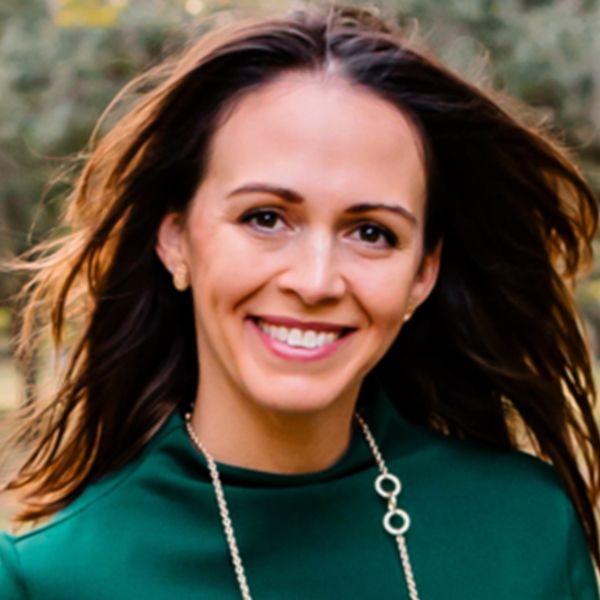 “A lot of people were very scared of Covid,” says Julie Koder, 40 (left), a part-time hygienist in Clermont, Florida, who worked full-time before she had three children. “We create a six-foot cloud of the patient’s saliva around us, and because patients could not wear masks, their spit was covering us from head to toe.”
“A lot of people were very scared of Covid,” says Julie Koder, 40 (left), a part-time hygienist in Clermont, Florida, who worked full-time before she had three children. “We create a six-foot cloud of the patient’s saliva around us, and because patients could not wear masks, their spit was covering us from head to toe.”
As many left the industry, though, others have struggled to enter what some hygienists and experts say is an overly rigorous hygiene education system with too few schools and not enough graduates to combat the shortage. “It’s extremely competitive,” says Kathleen Senior, the Florida student who was accepted to a hygienist program in March following a seven-year journey of myriad prerequisites followed by rejection. “There aren’t a lot of schools.”
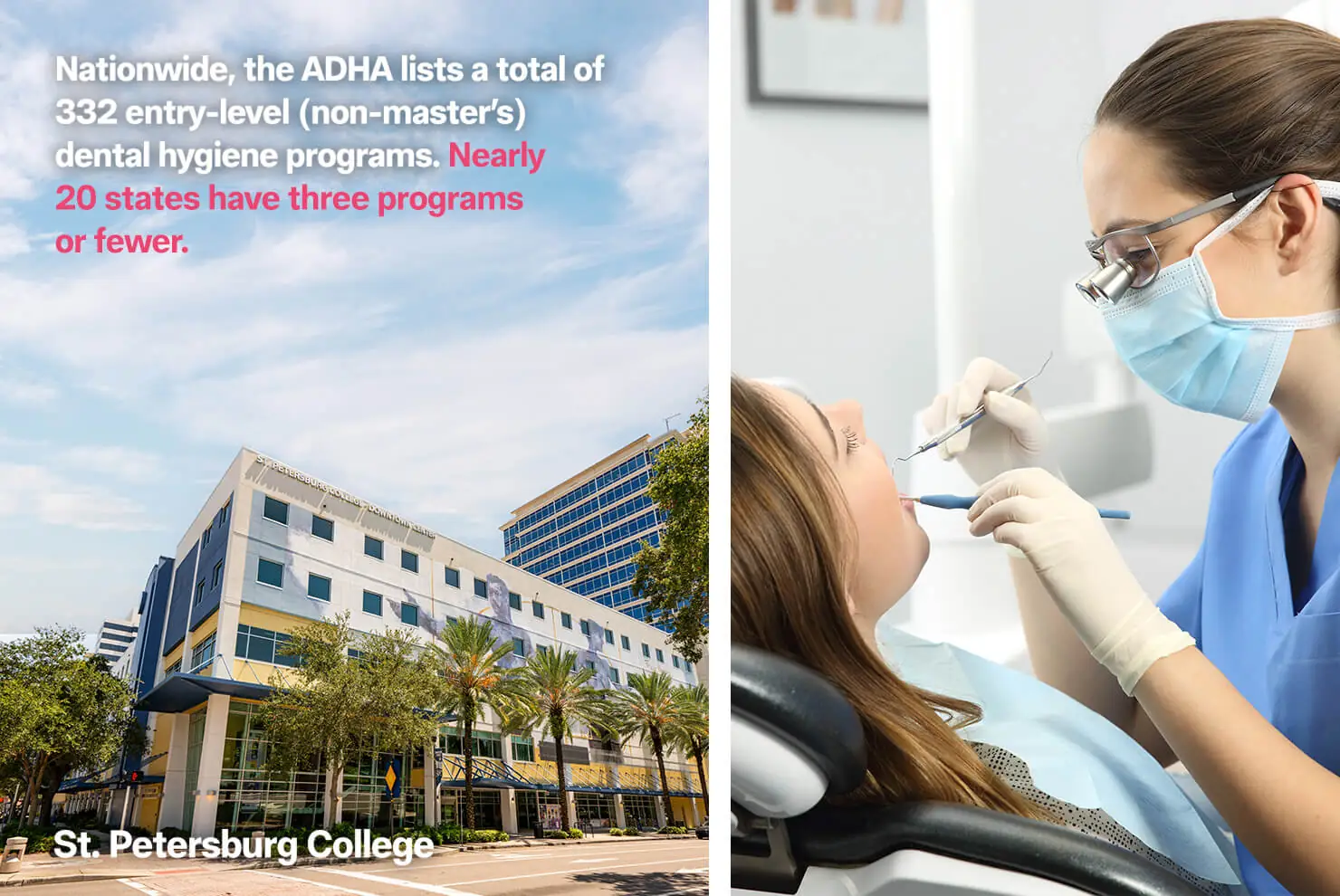
Felix Mizioznikov / Shutterstock.com
Nationwide, the ADHA lists a total of 332 entry-level (non-master’s) dental hygiene programs. Nearly 20 states have three programs or fewer; eight lightly populated states have just one. The result: The number of graduates of hygiene education programs declined 3.4 percent from 2012 to 2022, according to the American Dental Association’s Health Policy Institute. During the same period, the number of dental school graduates increased 28.7 percent.
THE 2022 DENTAL WORKFORCE REPORT documented a stark consequence of this shortage: Fewer hygienists, predictably, means fewer patients seen. Workforce paucities, it noted, have reduced practice capacity by an estimated 11 percent nationwide.
Unseen patients are less healthy patients, given that hygienists play a critical role in oral health and preventing oral disease, and numerous studies show a close relationship between oral disease and afflictions such as digestive disorders, strokes and cardiovascular ailments—a point dentists never tire of making. The hygienist shortage may be worsening it all in the immediate term regardless.
“We’re starting to see an access-to-care crisis,” Dr. Verber says. “If we could hire 20 hygienists tomorrow, we would, and we would be able to see thousands more patients.”
Dentists and dental educators say that the dearth of hygienists can lead to a drop in net income for practices and is also redefining work culture in unfamiliar ways. More dentists, for example, are filling roles usually reserved for hygienists, cleaning teeth and doing less repair and restoration work. With dentists and the remaining hygienists chronically overextended, people in the industry agree, patient care suffers.
IN PENNSYLVANIA, Dr. Verber and his practice colleagues are working with Central Penn College in its efforts to develop a hygienist program. The Pennsylvania-based Benco Family Foundation also recently donated $1 million to create the Larry and Sally Cohen Dental Hygiene Scholarship through the Dental Trade Alliance Foundation. (Benco Dental, the Pittston, Pennsylvania–based company behind the foundation, is the publisher of Incisal Edge.)
Efforts to enhance hygienist education are among a variety of steps industry officials are starting to take to address the shortage. They’re increasingly working with high schools to generate interest in hygiene as a career, even as calls grow to revisit accreditation standards to make it easier to start hygienist programs.
Many current and former hygienists strongly endorse recommendations by the ADA and ADHA for dentists to continue increasing hygienists’ salaries, while offering more health insurance and other benefits to make the profession more competitive with other industries.
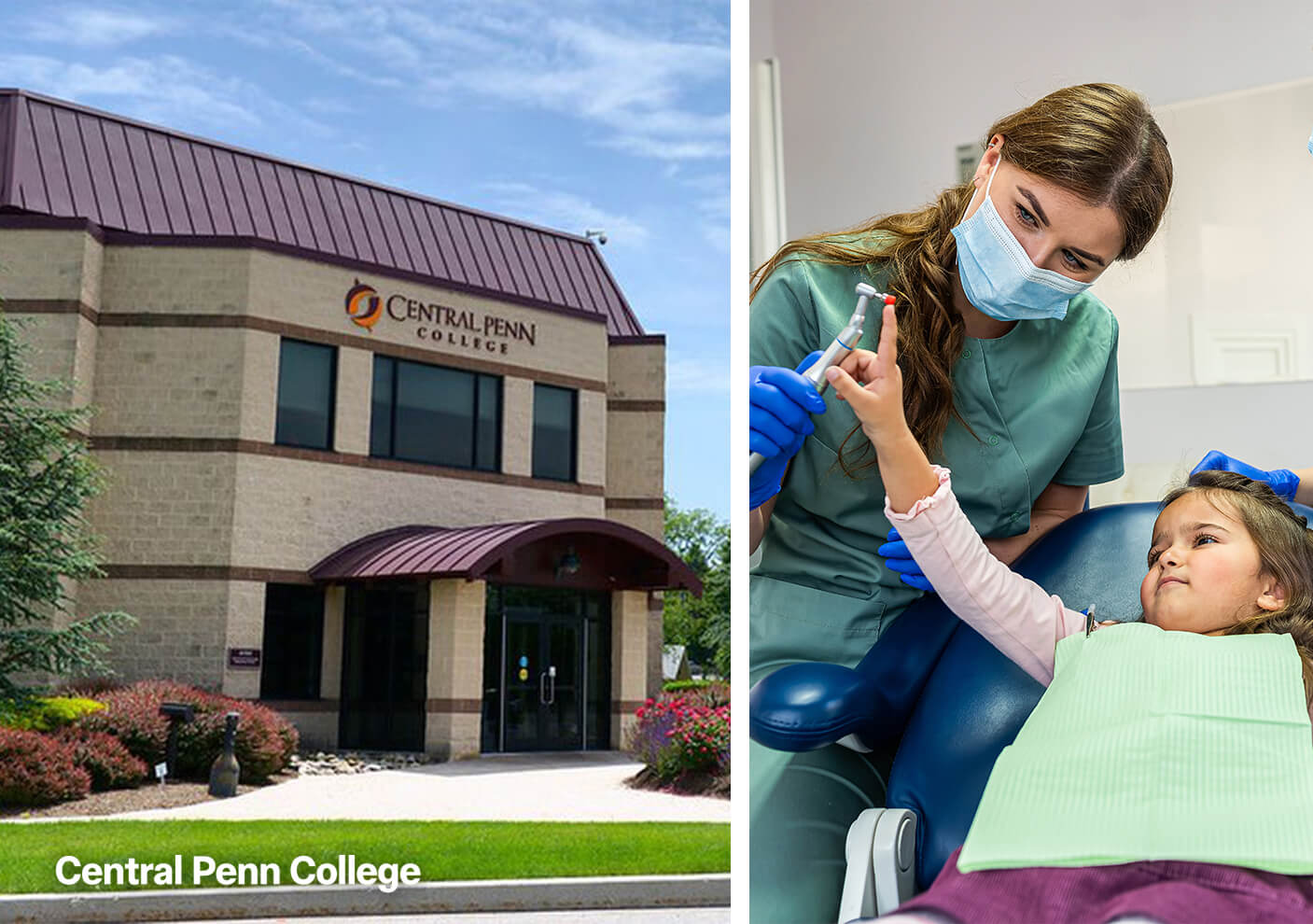
Others call for state or federal intervention. In Minnesota, for example, an agglomeration of dental organizations recently spearheaded the introduction of legislation to appropriate $20 million for dental hygiene and assisting education programs. The state “faces a significant [dental] workforce shortage,” the groups said in a news release in March. “Without more allied dental personnel in the workforce, access to care is significantly [affected].”
Yet with so many hygienists having left the field and prospective students rethinking their career choices, it will take time to reconstruct a strong pipeline of these professionals who are so critical to the practice of dentistry, says Linda Straub-Bruce, 54, past president of the Pennsylvania Dental Hygienists’ Association. “I wish there was a magical cure so we could just fix it,” she adds. “But there really isn’t.” ■



